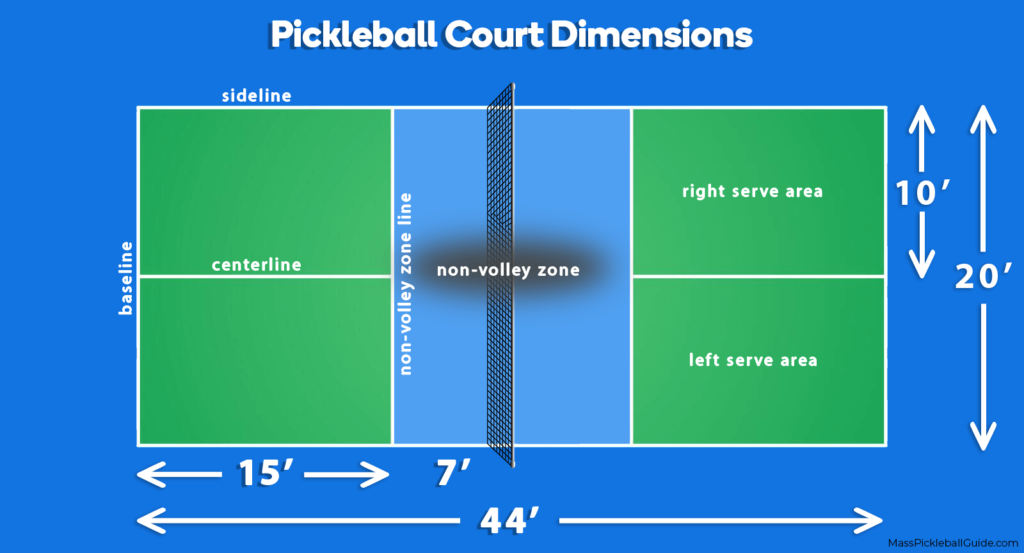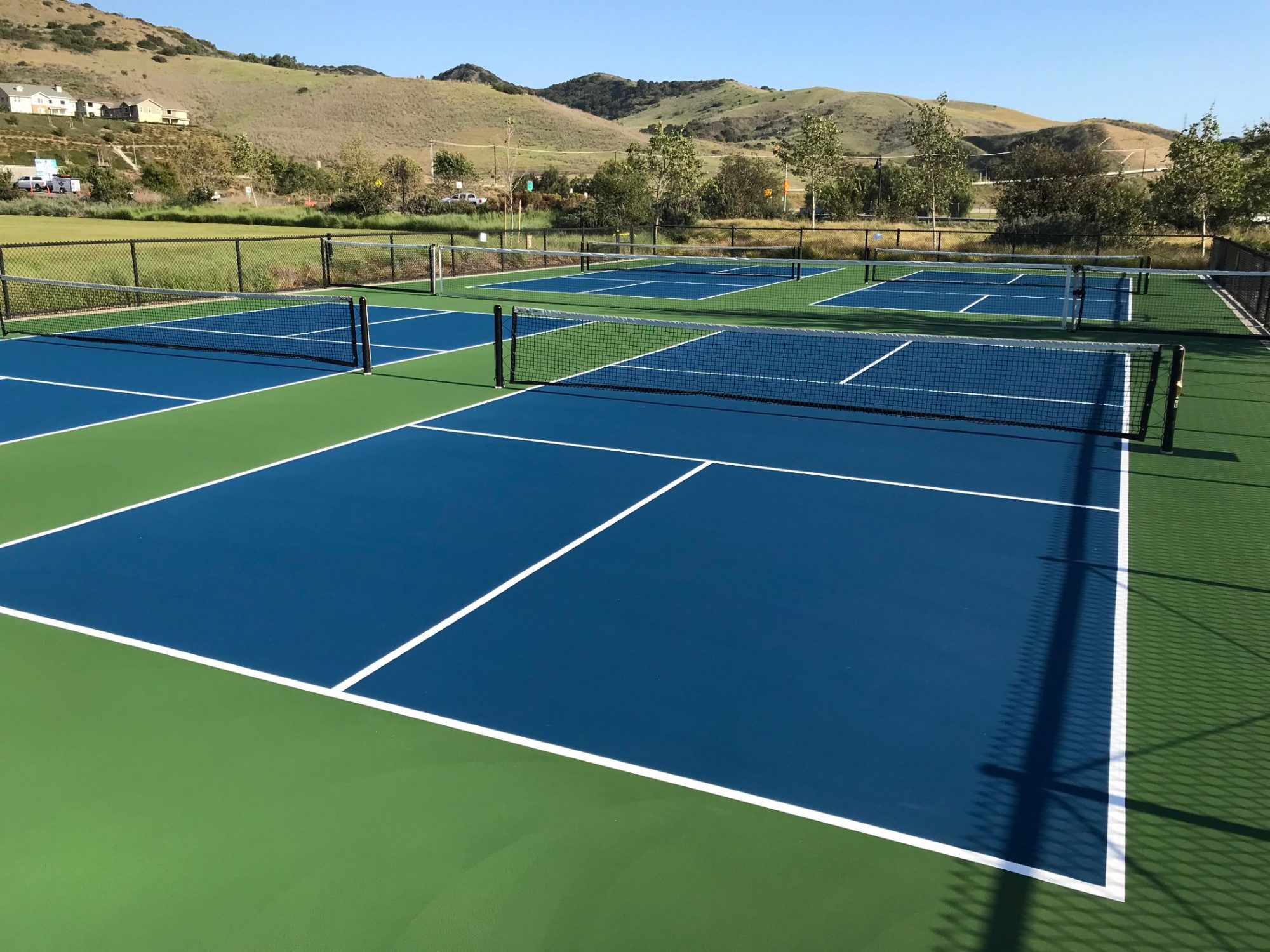How Local Laws Effect Your Pickleball Court Construction Plans
How Local Laws Effect Your Pickleball Court Construction Plans
Blog Article
Boost Local Interaction With Community-Driven Pickleball Court Projects
The emergence of community-driven pickleball court projects presents a distinct possibility to foster regional interaction and reinforce area ties. The actual inquiry remains: how can these grassroots efforts be tactically carried out to guarantee sustainability and inclusivity in varied communities?
Relevance of Area Involvement
Area interaction is an important element in the effective development of pickleball court tasks, as it promotes a sense of possession and cumulative obligation amongst locals. When community participants are proactively associated with the preparation and application stages, they are much more likely to advocate for the job's long-term success. Engaging stakeholders such as neighborhood players, families, and entertainment teams makes certain that the centers satisfy the varied needs and choices of the neighborhood.
Furthermore, community involvement grows a supportive environment where homeowners feel equipped to add their sources and ideas. Pickleball court construction. This joint technique can result in cutting-edge services that improve the design and capability of the courts, making them more appealing to a bigger audience. Furthermore, including homeowners in decision-making processes can strengthen social ties, promoting inclusivity and unity within the area
The presence of neighborhood assistance for a pickleball project can likewise play a pivotal role in safeguarding funding and approval from regional authorities. By demonstrating a shared dedication to entertainment growth, neighborhoods can properly promote for resources and policy modifications that prefer the establishment of pickleball courts, eventually enriching the neighborhood society and recreational landscape.
Steps to Launch a Task
Initiating a pickleball court job calls for a systematic strategy that improves the foundation of neighborhood interaction developed in previous conversations. The initial step is to set up a job board comprising local stakeholders, lovers, and agents from appropriate organizations. This varied group guarantees that numerous perspectives are taken into consideration.
Next, carry out a demands evaluation within the neighborhood. Surveys, emphasis teams, and public conferences can be reliable in evaluating rate of interest and gathering input on potential court places, preferred features, and scheduling preferences. Following this, create a project plan detailing goals, timelines, and obligations.
When the plan is in area, involve with regional authorities to understand zoning policies and any kind of needed authorizations. Interacting transparently with the area throughout this procedure is important, as it fosters depend on and urges more involvement.
Additionally, arranging community events can aid keep energy and interest. These events can function as systems for further discussion and help to strengthen neighborhood ties. File every step taken and keep detailed documents, as this will certainly be beneficial for future phases of the project, including financing and resource acquisition.
Funding and Resources Available
Protecting financing and resources for a pickleball court job is usually a critical step that can establish the project's feasibility and success. Numerous avenues exist for getting economic support, ranging from public funding to personal sponsorships. Neighborhood government gives, commonly aimed at advertising community wellness and entertainment, can give considerable financial backing for such campaigns.
In addition to federal government resources, nonprofit companies and structures often provide gives specifically for sporting activities and community advancement tasks. Engaging neighborhood businesses as enrollers can additionally be a productive approach; many business aspire to buy neighborhood campaigns that enhance their business social duty profile.
Crowdfunding platforms have become a feasible option for grassroots fundraising, allowing neighborhood participants to add straight to the job. This strategy not just elevates funds yet also fosters a sense of ownership among individuals.
Layout and Preparation Factors To Consider
Reliable layout and preparation are basic parts of any kind of effective pickleball court job complying with the purchase of funding and resources. An extensive evaluation of the suggested location is important; this includes analyzing accessibility, proximity to existing area services, and the possibility for exposure and interaction.
The layout of the court must stick to main size specifications while taking into consideration the bordering atmosphere. Incorporating features such as seats, shade structures, and ideal lights can dramatically enhance gamer experience and viewer pleasure. Products chosen for the court surface need to focus on sturdiness and safety, with alternatives like acrylic or asphalt offering ideal performance.
Entailing neighborhood members in the style process fosters a feeling of ownership and ensures that the center satisfies neighborhood requirements - Pickleball court construction. This can be achieved via public assessments and studies, enabling stakeholders to share their preferences and concerns
Sustainability must also be a concern; incorporating eco-friendly products and techniques can contribute to lasting practicality. Ultimately, creating an upkeep strategy to make sure the court continues to be in outstanding problem will support recurring community interaction and engagement in pickleball activities.

Success Stories and Situation Studies
Highlighting the transformative influence of community-driven efforts, several success tales show how joint efforts have caused the advancement of vibrant pickleball courts throughout various areas. One noteworthy instance is the effort in a small community in Florida, where residents grouped to transform an underutilized tennis court into a committed pickleball facility. Via fundraising events and collaborations with local organizations, the community elevated sufficient funds to set up new internet, resurfacing, and lines, inevitably fostering a lively site web center for local players.
In a similar way, in a suburb of California, a grassroots motion arised to create pickleball courts in a regional park. The task not only engaged volunteers for building and construction but likewise consisted of workshops to involve area members in the sport. Consequently, the courts ended up being a focal factor for social communication and physical fitness, drawing in gamers of all ages.
These study exemplify just how community-driven tasks can enhance regional involvement, advertise physical activity, and enhance social bonds. By leveraging cumulative resources and interest, neighborhoods can efficiently create and sustain pickleball centers that offer varied populaces and cultivate a sense of belonging.

Verdict
Finally, community-driven pickleball court projects work as vital tools for enhancing neighborhood engagement and cultivating a sense of click this site belonging amongst residents. By focusing on stakeholder involvement throughout the planning and execution phases, these campaigns can efficiently resolve diverse neighborhood demands. Furthermore, leveraging readily available resources and taking a look at effective situation researches can provide useful view understandings for future jobs. Inevitably, such initiatives add to the improvement of public spaces into vibrant facilities of physical fitness and social communication, reinforcing community ties.
The emergence of community-driven pickleball court projects presents a distinct chance to promote neighborhood involvement and reinforce area connections.Area interaction is an important component in the effective growth of pickleball court projects, as it fosters a sense of ownership and collective duty amongst homeowners. When area participants are proactively entailed in the preparation and application stages, they are much more likely to advocate for the task's lasting success.Launching a pickleball court job needs a methodical method that develops on the foundation of area involvement developed in previous discussions. The project not just engaged volunteers for building however also consisted of workshops to involve neighborhood members in the sporting activity.
Report this page